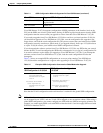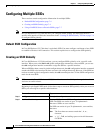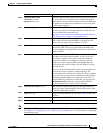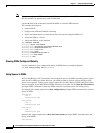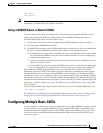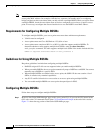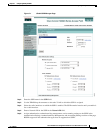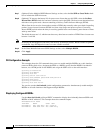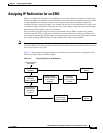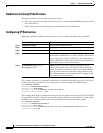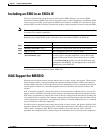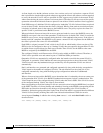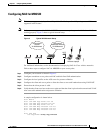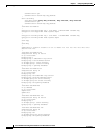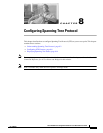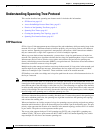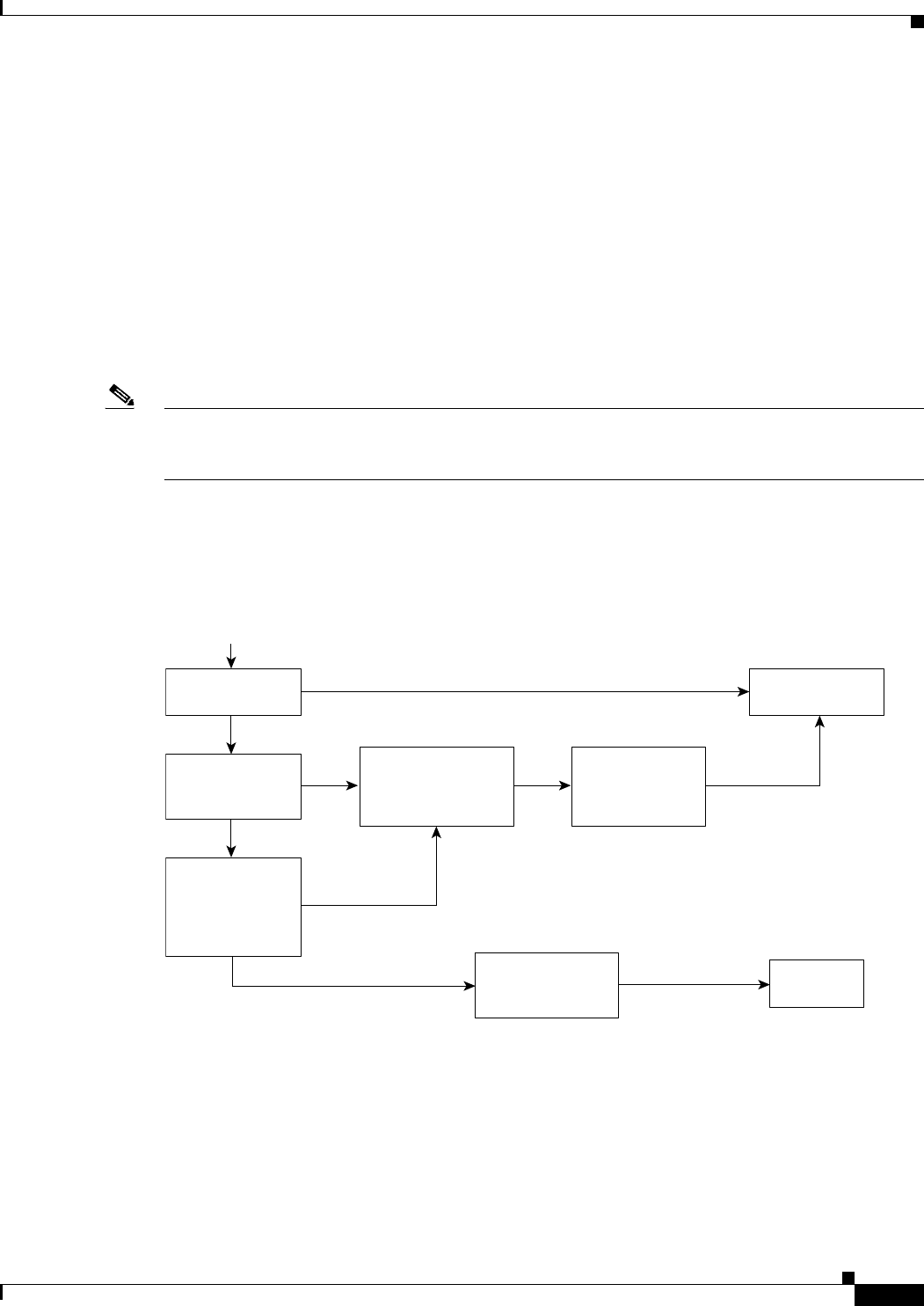
7-11
Cisco IOS Software Configuration Guide for Cisco Aironet Access Points
OL-11350-01
Chapter 7 Configuring Multiple SSIDs
Assigning IP Redirection for an SSID
Assigning IP Redirection for an SSID
When you configure IP redirection for an SSID, the access point redirects all packets sent from client
devices associated to that SSID to a specific IP address. IP redirection is used mainly on wireless LANs
serving handheld devices that use a central software application and are statically configured to
communicate with a specific IP address. For example, the wireless LAN administrator at a retail store
or warehouse might configure IP redirection for its bar code scanners, which all use the same scanner
application and all send data to the same IP address.
You can redirect all packets from client devices associated using an SSID or redirect only packets
directed to specific TCP or UDP ports (as defined in an access control list). When you configure the
access point to redirect only packets addressed to specific ports, the access point redirects those packets
from clients using the SSID and drops all other packets from clients using the SSID.
Note When you perform a ping test from the access point to a client device that is associated using an
IP-redirect SSID, the response packets from the client are redirected to the specified IP address and are
not received by the access point.
Figure 7-2 shows the processing flow that occurs when the access point receives client packets from
clients associated using an IP-redirect SSID.
Figure 7-2 Processing Flow for IP Redirection
121298
Reset packet's
destination address
to IP-redirect
address
Increment
IP-redirect
forward packet
counter
Forward
packet
Drop
packet
Increment IP-
redirect drop
packet counter
IP-redirect
enabled?
Incoming packet
from client
TCP or
UDP port
filters enabled?
Port number in
packet match
port permit
number?
N
N
N
Y
Y
Y



